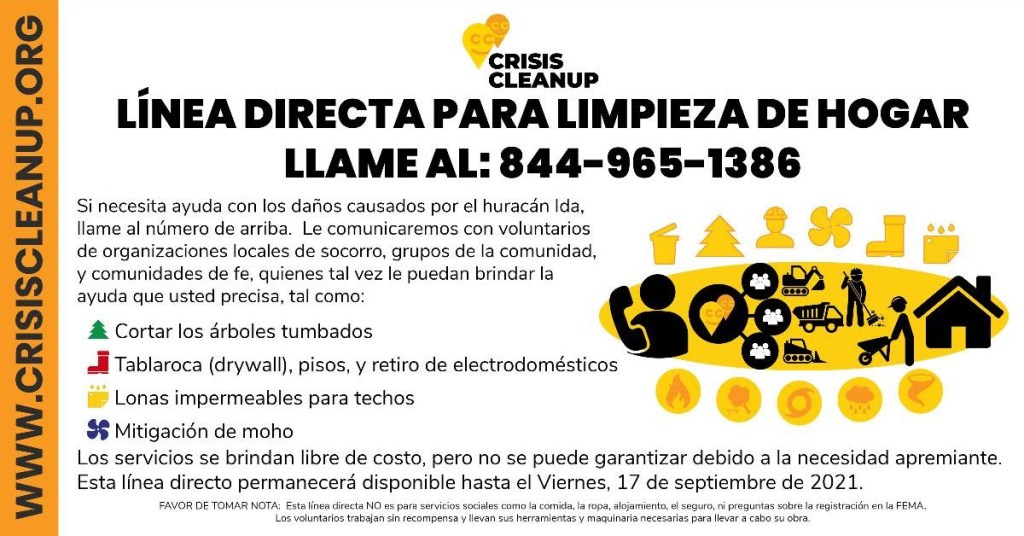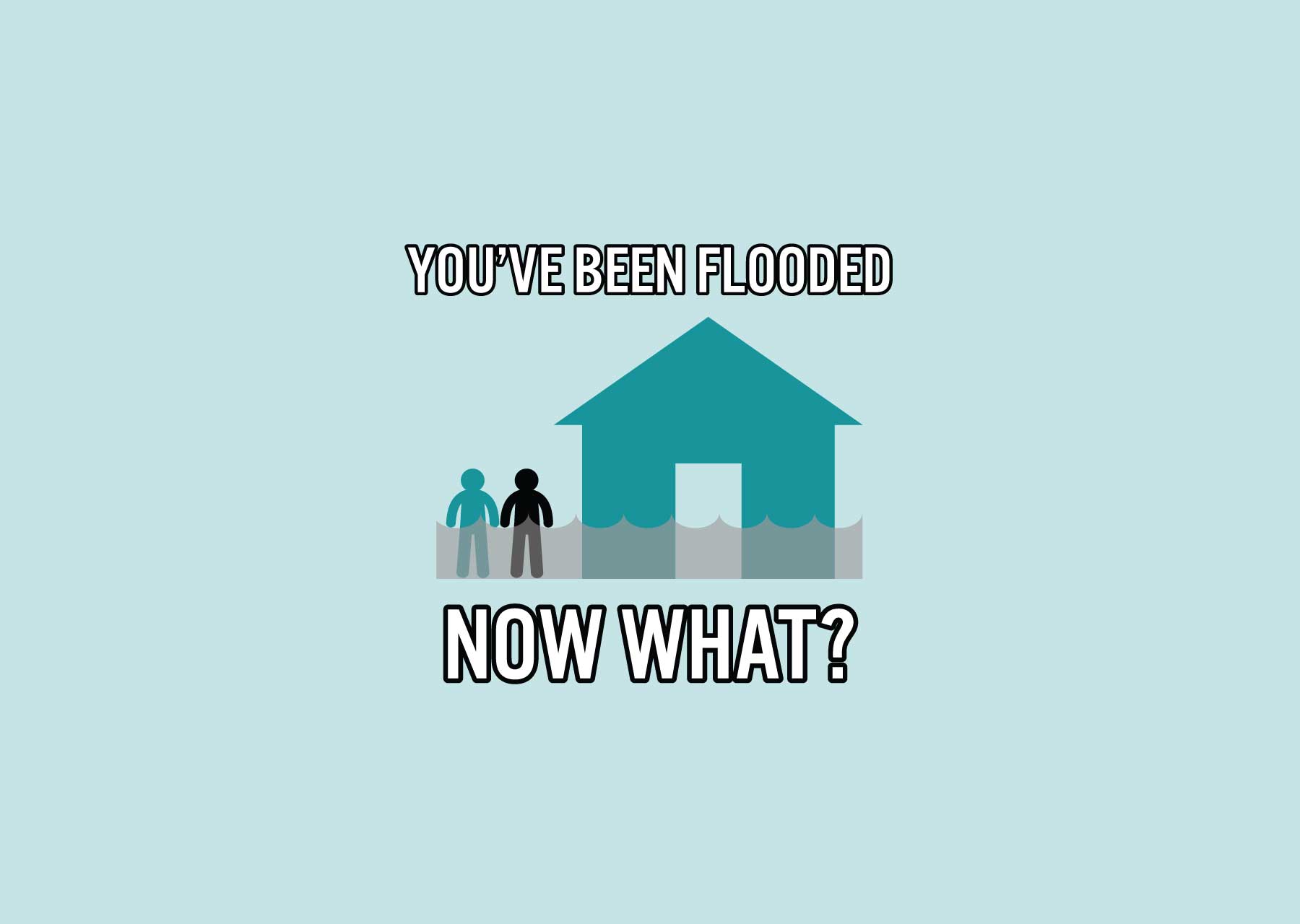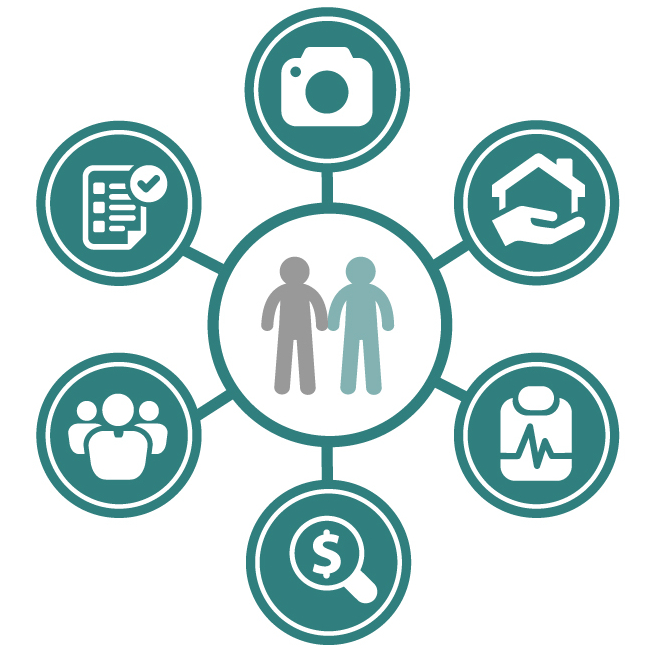We’re Sandy survivors and wanted to share what we’ve learned with you. There are really six stages of disaster recovery – and we detail them below: document everything, look for helpful documents, get your housing safe and stable, look out for your health, find resources and work together. It’s sort of like the stages of grief, you move around and between them. This won’t be a straight line – but you can get through it.
Document everything and look for helpful documents:
We know, you just walked into a gut punch of a wreck that was/is your home or business. You want to find the baby pictures – grandmother’s wedding ring. Maybe you just go into mode and start cleaning to help you cope. But here’s the disaster survivor’s version of stop, drop, and roll: stop, photograph, and document.
- Stop for a second, give yourself the space to act, not react. Yup. This is crazy. It is. And we’re really sorry you have to go through this.
- Take photos of the damage. Like, all the damage. You can’t have too many photos. Think about things that aren’t as visually clear, like is your electricity damaged? Photo the damaged outlets or electrical box. (That’s just an example but think about what might be damaged that isn’t immediately visible.)
- Documents are key:
- As you move forward save every receipt/engineering report/estimate/application you fill out. It might be helpful to keep an electronic or physical journal where you document what you’ve been doing and save key items there.
- Find documents you might need to apply for recovery programs (if you’re able to.) Like your insurance policies (especially if you have flood insurance), house title or lease, car titles and insurance, social security cards and passports, important licenses (Marriage? Foster parents? Etc.). Tax returns from previous years or pay stubs – other financial documents.
Get your Housing Safe and Stable:
- opens in a new windowCheck out this great resource from New Jersey VOAD (Voluntary Organizations Active in Disasters) and you can follow them on opens in a new windowFacebook here.
- If you’re in Newark, also check out these great resources from the Ironbound Community Corporation.
- Call the cleanup hotline for help.


- Got other resources you think we should share? Solid. Email us at opens in a new window[email protected]
Getting your housing safe and stable can have multiple phases. But right now you need to deal with getting safe ASAP. Here are some highlights from the NJVOAD resource listed above:
- If you have flood insurance, report your loss immediately to your insurance agent or carrier. Be sure to ask them about advance payments. If you need help finding your insurance agent or carrier, call the National Flood Insurance Program at 877-336-2627.
Complete an Inventory: Focus on completely inventorying and valuing all damage and costs to repair/clean and replace property, regardless of your insurance situation. What damage did the flood do to your home and possessions? When listing and describing damage, make a chart including: (1) item, (2) location of item at time of loss, (3) condition and age of item, (4) actual cash value and replacement cost of item.
Dry out and arrange for temporary repairs ASAP to avoid mold growth and additional damage: After contacting your flood and homeowners insurance companies, use a sump pump, available from most hardware or home supply stores, or/and a wet vacuum to remove water from your home.
- Mold can develop within 24 to 48 hours of a flood, so remove wet contents, including carpeting and bedding, as soon as possible. If an item has been wet for less than 48 hours, it may be salvageable. However, you’ll need to decide whether it holds enough monetary or sentimental value to try to do so. Notify your insurance company before removing and disposing of any large or high value items. Photograph ALL flood-soaked items.
Contractors
- Make sure any contractor is qualified, licensed, insured to perform the scope of services they are presenting. Check references before signing any contracts for services or hiring vendors.
- Be extra cautious about contractors and vendors that show up at your front door uninvited. Most reputable companies will not go door-to-door seeking business.
- Insist on detailed proposals and estimates, and contracts with clear and reasonable payment schedules.
- Try to make all payments with a check or credit card. In the event you make any payments in cash make sure the contractor provides a signed receipt stating the amount paid, and what services that payment covers.
- From NJOP: Try and do 10% increments, many folks who gave 50% or large deposits strugged with fraud or work not getting done.
In terms of mold and clean up – here’s what we would add at NJOP.
Look out for your health – mental and physical:
Maybe this is super easy for you and your family. But you’d be the outlier. Disaster recovery can be rough. Part of the challenge is just accepting that. The recovery process can have major twists and turns that are out of our control as individuals. We just need to keep showing up and do our best.
- opens in a new windowIt’s well documented that after a major snow storm, for example, people need to be careful shoveling or they risk heart attacks!
- We’ve also documented an increase in health issues and drug and alcohol dependence after a disaster. Don’t ignore signs that you need medical attention in the coming weeks.
- If you need to talk to somebody now – the HHS Substance Abuse and Mental Health Services Administration activated its Disaster Distress helpline. This toll-free, multilingual, crisis support service is available 24/7 via telephone or text at 1-800-985-5990. Spanish-speakers can call or text the hotline and press “2” for bilingual support. Callers can also connect with counselors in over 100 other languages via 3rd-party interpretation services by indicating their preferred language to the responding counselor, who will connect to a live interpreter. Deaf or hard of hearing American Sign Language users can contact the DDH through a direct videophone option via any videophone-enabled device and dialing 1-800-985-5990, or by selecting the “ASL Now” option on the DDH website opens in a new window here.
Find Recovery Programs and Resources:
Here’s the thing – we can’t tell you what grant programs and resources will be available right now, unless you have flood insurance. There will be loans, grants, and they will roll out on their own timeline, and in most cases, you’ll have to track them down and apply. Don’t shoot the messenger. More on this in “Working together to make sure recovery programs are just and our communities can get whole.”
Keep checking – call your town, your county, read your papers, check the NJ website, follow the Governor on Facebook and Twitter. All those things will help you stay alert for new programs that can help you.
Here’s what we know about right now:
- opens in a new window9.3.21 Gov. Murphy announces $10 million in small business relief.
- opens in a new window9.14.21 Gov. Murphy is making the case for additional counties to be included in the disaster declaration – you can report your damage here.
- 9.14.21 Gov. Murphy announces free or discounted Lyft and Uber rides for people who lost a vehicle due to Ida.
opens in a new windowThe state will roll out aid, and because we are a federally declared disaster – there will be federal aid and programs available. opens in a new windowSo will private agencies like the Red Cross and Catholic Charities – and those may be your only option if you are not a US Citizen.
Be careful with SBA (Small Business Administration) loans – sometimes getting a loan (which is immediately available) can in the end actually exclude you from grant funds, which typically become available later.
Work together to make sure the recovery efforts are just and our communities can get whole.
Here’s the thing. Every disaster is different – because of the way we do disaster recovery. The National Flood Insurance Program and FEMA will be deployed, there’s some uniformity to those efforts, but then federal aid goes to the state and the state will design the recovery programs.
You just lived through this – you’re an expert in what you need. We have to work together to make sure the programs work for us. Just cruise through this website and you’ll see years of the work we’ve done on Sandy recovery. Email us at [email protected] and let us know how it’s going for you on the ground. And sign up on our list.



Pingback: Consejos de sobrevivientes de inundaciones para sobrevivientes de inundaciones – New Jersey Organizing Project
Pingback: The kinds of storm recovery aid – New Jersey Organizing Project
I’m trying to get info about your April 27 monthly Zoom meeting to Jacqueline Ann but don’t know how. I am monthly donor to NJOP.